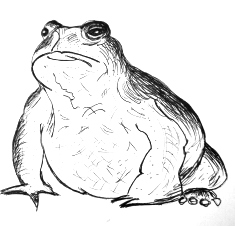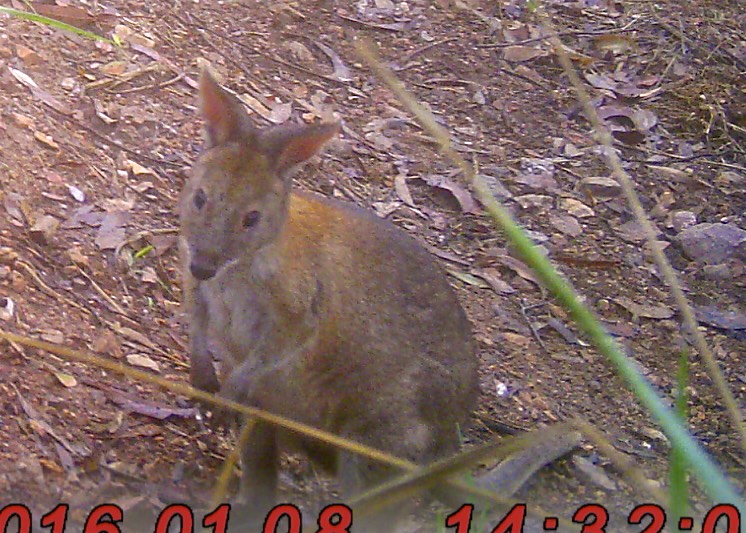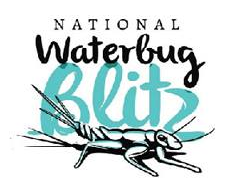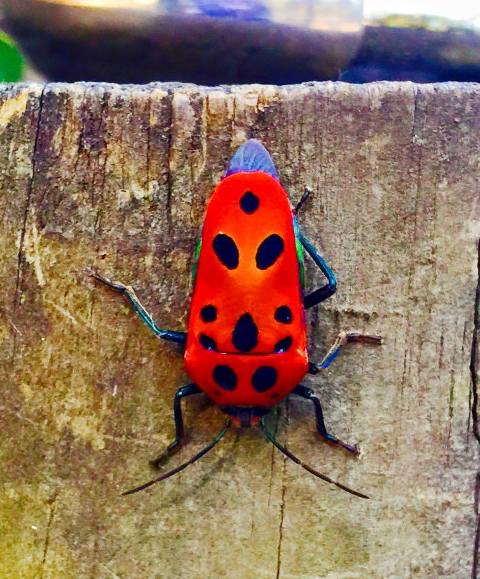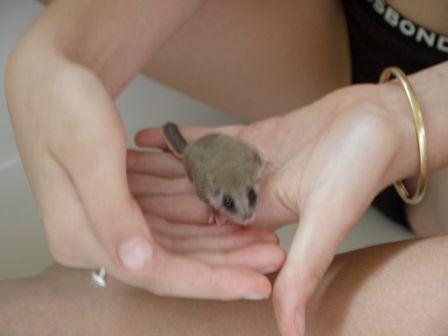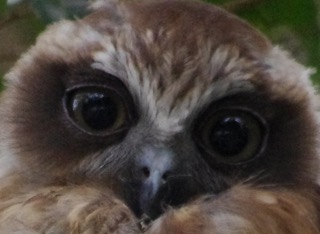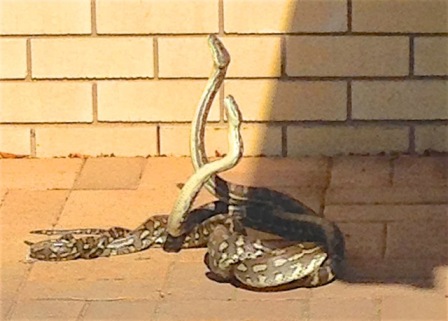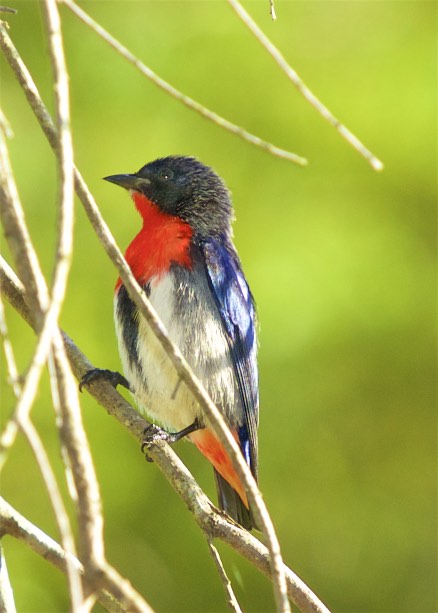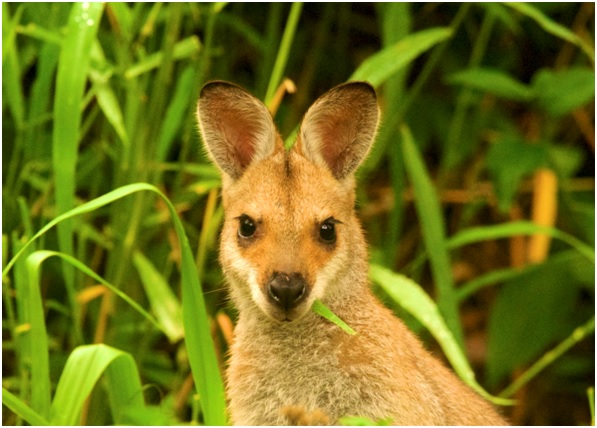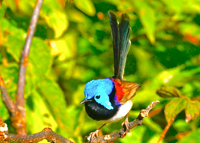Up to 30 people responded to our challenge to join our Cane Toad Collection night on 9 March.
The purpose of the event was to supply the University of Queensland Cane Toad Challenge Team with adult toads. The toxins from the toads are used to synthesise baits which are then used to trap tadpoles.
Our Facebook page has a report of the night’s activities.
And to learn more about this groundbreaking project, visit the UQ Research Project website.
